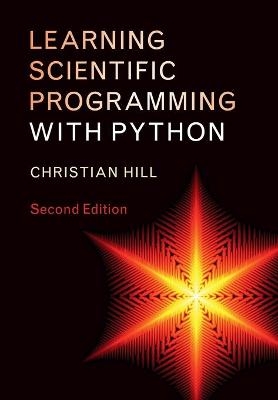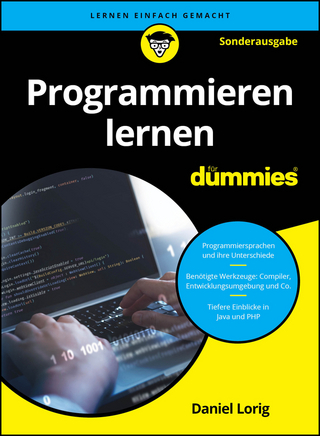
Learning Scientific Programming with Python
Cambridge University Press (Verlag)
978-1-108-74591-8 (ISBN)
Learn to master basic programming tasks from scratch with real-life, scientifically relevant examples and solutions drawn from both science and engineering. Students and researchers at all levels are increasingly turning to the powerful Python programming language as an alternative to commercial packages and this fast-paced introduction moves from the basics to advanced concepts in one complete volume, enabling readers to gain proficiency quickly. Beginning with general programming concepts such as loops and functions within the core Python 3 language, and moving on to the NumPy, SciPy and Matplotlib libraries for numerical programming and data visualization, this textbook also discusses the use of Jupyter Notebooks to build rich-media, shareable documents for scientific analysis. The second edition features a new chapter on data analysis with the pandas library and comprehensive updates, and new exercises and examples. A final chapter introduces more advanced topics such as floating-point precision and algorithm stability, and extensive online resources support further study. This textbook represents a targeted package for students requiring a solid foundation in Python programming.
Christian Hill is a physicist and physical chemist currently working at the International Atomic Energy Agency. He has over 25 years' experience of programming in the physical sciences and has been programming in Python for 15 years. His research uses Python to produce, analyze, process, curate and visualize large data sets in the area of spectroscopy and plasma physics and material science.
Acknowledgments; 1. Introduction; 2. The core Python language I; 3. Interlude: simple plots and charts; 4. The core Python language II; 5. IPython and Jupyter Notebook; 6. NumPy; 7. Matplotlib; 8. SciPy; 9. Data analysis with pandas; 10. General scientific programming; Appendix A. Solutions; Appendix B. Differences between Python versions 2 and 3; Appendix C. SciPy's odeint ordinary differential equation solver; Glossary; Index.
| Erscheinungsdatum | 13.11.2020 |
|---|---|
| Zusatzinfo | Worked examples or Exercises |
| Verlagsort | Cambridge |
| Sprache | englisch |
| Maße | 169 x 243 mm |
| Gewicht | 1060 g |
| Themenwelt | Mathematik / Informatik ► Informatik ► Programmiersprachen / -werkzeuge |
| Mathematik / Informatik ► Mathematik ► Angewandte Mathematik | |
| Naturwissenschaften ► Physik / Astronomie ► Angewandte Physik | |
| ISBN-10 | 1-108-74591-1 / 1108745911 |
| ISBN-13 | 978-1-108-74591-8 / 9781108745918 |
| Zustand | Neuware |
| Informationen gemäß Produktsicherheitsverordnung (GPSR) | |
| Haben Sie eine Frage zum Produkt? |
aus dem Bereich


